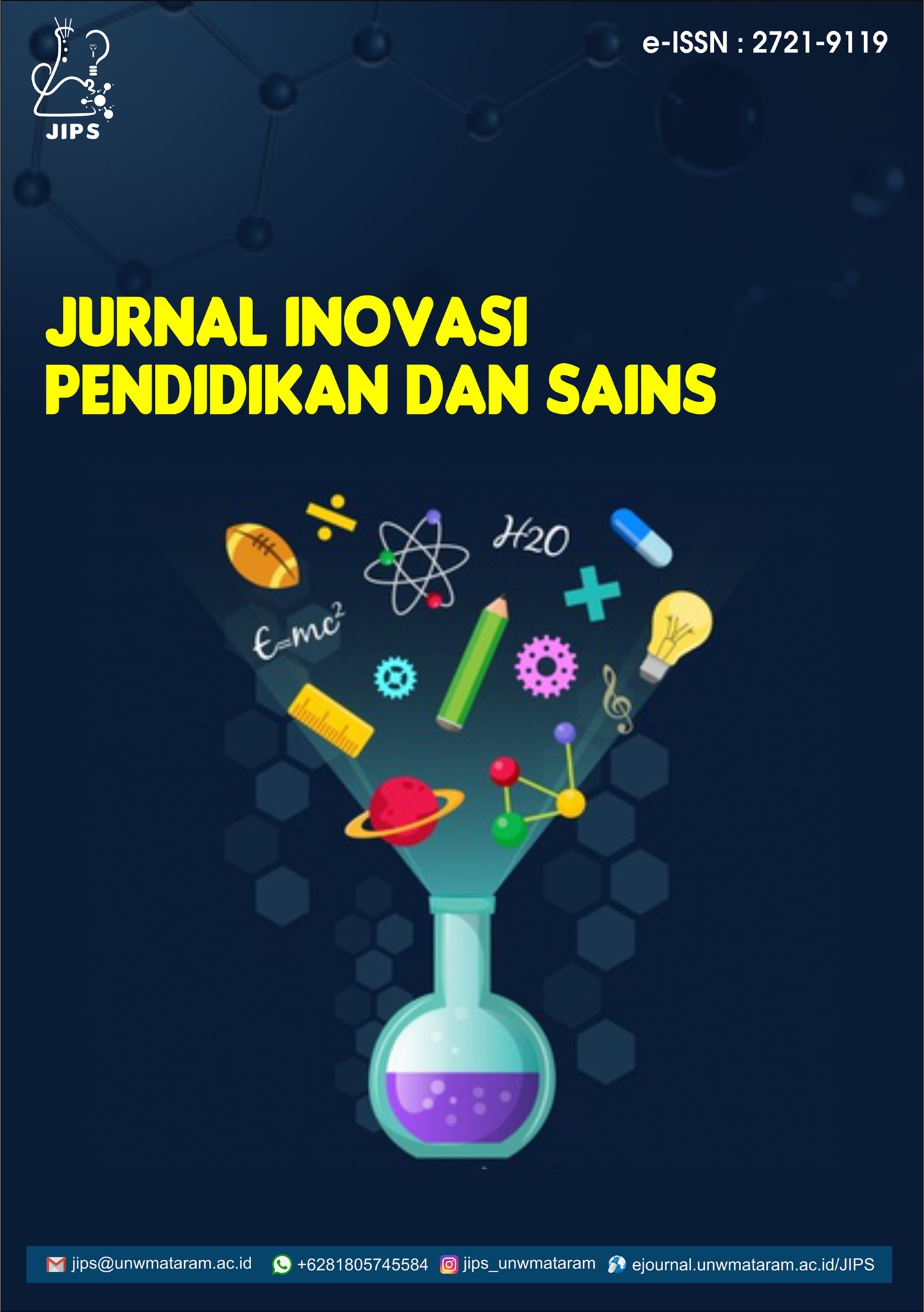INVESTIGATION OF ACTIVATED CARBON CHARACTERISTICS IN POLYETHYLENE TEREPHTHALATE PLASTIC WASTE
Abstract
Abstract: TPA is the final location of the urban waste processing process by hoarding waste in landfills. The decomposition of waste and exposure to rainwater in landfills will produce a concentrated liquid, leachate. The presence of heavy metals at certain concentrations will turn toxic to aquatic ecosystems. In addition, high COD levels indicate the presence of large amounts of organic pollutants. One alternative to removing these contaminants is by using the adsorption method. In particular, this study aimed to determine the characteristics of activated carbon and the best dose variation in reducing pollutants in leachate. The analysis results of the characteristics of activated carbon in PET plastic waste are 2.2% moisture content, 2.6% ash content, 62.2% volatile matter content, and 33% bound carbon content. The water and ash content values complied with SNI 06-3730-1995, but for volatile matter content and bound carbon content, they did not comply with SNI 06-3730-1995. The best dose in reducing levels of heavy metals Fe and COD was at a 15-gram dose with a final value of Fe of 0.106 mg/L with an efficiency of 96.4% and COD of 3404 mg/L with an efficiency of 36.7%. Overall, the Fe metal content for all cases tested met the RI Minister of Health Regulation Number 32 of 2017. However, the COD level had not yet reached the quality standard of the Minister of Environment and Forestry Regulation Number 59 of 2016.
Keywords: Adsorption, polyethylene terephthalate and characteristics.
References
[2] S. Sudarwin, “Analisis Spasial Pencemaran Logam Berat (Pb dan Cd) Pada Sedimen Aliran Sungai dari Tempat Pembuangan Akhir (TPA) Sampah Jatibarang Semarang.” Program Pasca Sarjana Universitas Diponegoro, 2008.
[3] I. Irhamni, “Serapan logam berat esensial dan non esensial pada air lindi TPA kota Banda Aceh dalam mewujudkan pembangunan berkelanjutan,” J. Serambi Eng., vol. 2, no. 1, 2017.
[4] N. Hendrasarie and R. Prihantini, “Pemanfaatan Karbon Aktif Sampah Plastik Untuk Menurunkan Besi Dan Mangan Terlarut Pada Air Sumur,” Jukung (Jurnal Tek. Lingkungan), vol. 6, no. 2, 2020.
[5] K. Ridhuan and J. Suranto, “Perbandingan pembakaran pirolisis dan karbonisasi pada biomassa kulit durian terhadap nilai kalori,” Turbo J. Progr. Stud. Tek. Mesin, vol. 5, no. 1, 2017.
[6] Y. T. Pelita, “Pemanfaatan Produk Char Hasil Pirolisis dari Sampah Plastik Jenis Polyethylene Terephthalate (PET) Sebagai Karbon Aktif.” Universitas Sumatera Utara, 2020.
[7] S. Huda, R. D. Ratnani, and L. Kurniasari, “Karakterisasi Karbon Aktif dari Bambu Ori (Bambusa arundinacea) yang di Aktivasi Menggunakan Asam Klorida (HCl),” J. Inov. Tek. Kim., vol. 5, no. 1, 2020.
[8] M. P. Verayana and H. Iyabu, “Pengaruh Aktivator HCl dan H 3PO4 terhadap Karakteristik (Morfologi Pori) Arang Aktif Tempurung Kelapa serta Uji Adsorpsi pada Logam Timbal (Pb),” J. Entropi, vol. 13, no. 1, pp. 67–75, 2018.
[9] T. I. W. Sari, M. Muhsin, and H. Wijayanti, “Pengaruh Metode Aktivasi pada Kemampuan Kaolin Sebagai Adsorben Besi (Fe) Air Sumur Garuda,” Konversi, vol. 5, no. 2, pp. 60–65, 2016.
[10] A. E. Valentina, S. S. Miswadi, and L. Latifah, “Pemanfaatan arang eceng gondok dalam menurunkan kekeruhan, COD, BOD pada air sumur,” Indones. J. Chem. Sci., vol. 2, no. 2, 2013.
[11] R. Ratnawati, S. Amalia, and A. Sasmita, “Karbon Aktif dari Sampah Plastik Polietilena sebagai Adsorben untuk Pengolahan Air Limbah Laundry,” in Seminar Nasional Teknologi dan Pengelolaan Lingkungan Tropis, 2019, vol. 978, pp. 21–22.
[12] F. V. Wicheisa, Y. H. Darundiati, and N. A. Y. Dewanti, “Penurunan Kadar Chemical Oxygen Demand (COD) Pada Limbah Cair Laundry Orens Tembalang Dengan Berbagai Variasi Dosis Karbon Aktif Tempurung Kelapa,” J. Kesehat. Masy., vol. 6, no. 6, pp. 135–142, 201



